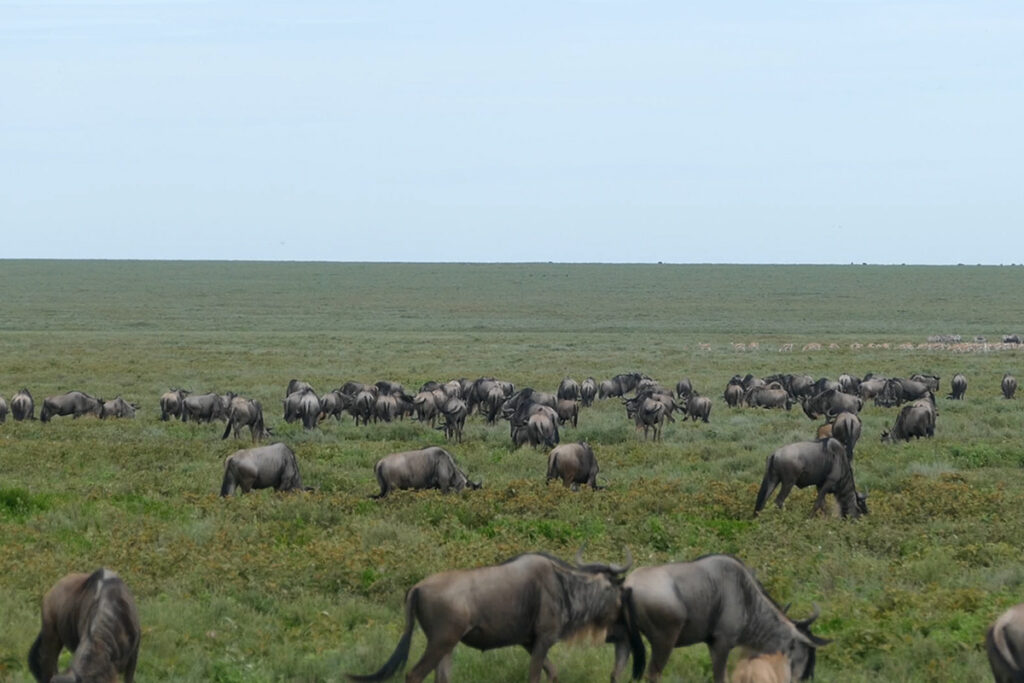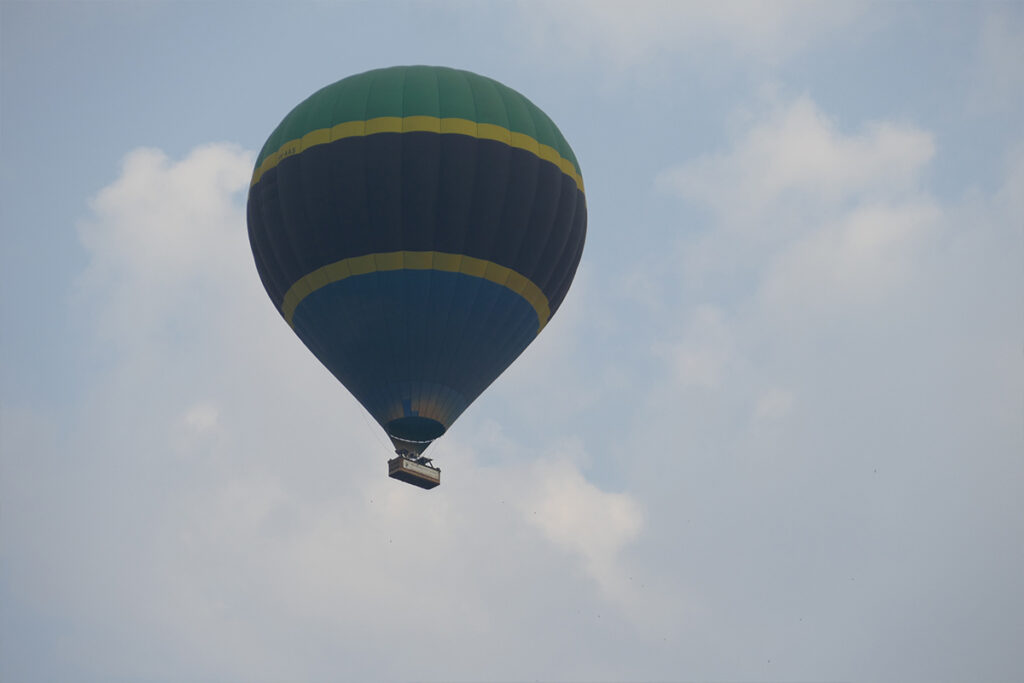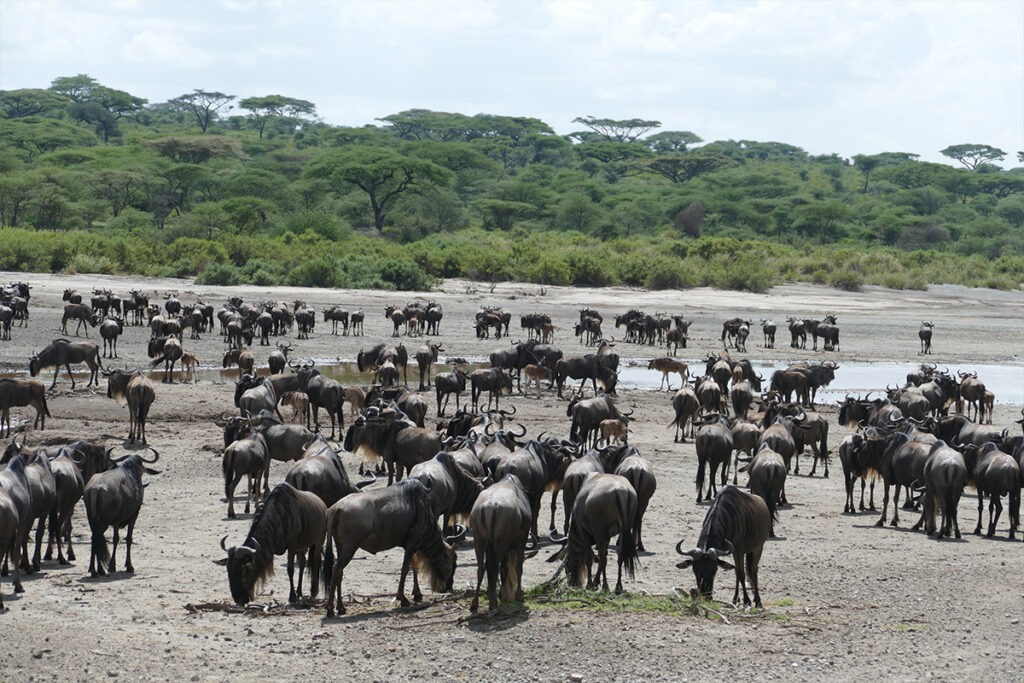Ever wondered how the breezy coastlines of Zanzibar echo with soulful melodies, narrating tales of an enriched past? Taarab music, a genre that melds the lyrical elegance of Arabic poetry with the harmonic structures of East African rhythms, forms the very heartbeat of this island’s cultural identity. It’s a soundscape that captures the spirit of Zanzibar, stitched together with historical threads from the days of sultans and sailors.
Diving deep into its origins, Taarab music was brought to the archipelago in the late 19th century. With influences from Egypt’s Arabic classical music and the Swahili coast’s indigenous melodies, it’s both a narrative and a communal experience. Today, Taarab orchestras can boast up to 60 members, blending traditional instruments with modern adaptations, ensuring its legacy endures through time.

Exploring the Origins of Taarab Music in Zanzibar
Taarab music has rich roots in Zanzibar’s vibrant culture. It dates back to the late 19th century when Arab traders and explorers introduced new sounds and musical styles to the island. The blending of Arabic melodies with Swahili lyrics created a new genre. Over time, Taarab grew to reflect the island’s diverse influences, from Southeast Asia to the African mainland. This fusion made Taarab a symbol of unity and cultural exchange.
The sultans of Zanzibar played a crucial role in Taarab’s development. They sponsored poets and musicians who contributed to the genre’s growth. One of the earliest and most famous Taarab groups was the Ikhwani Safaa Club, established in 1905. This group and others like it set the stage for Taarab’s popularity across East Africa. Today, their legacy continues to inspire musicians worldwide.
Instruments are key to Taarab’s unique sound. Traditional Taarab ensembles often include a mix of oud, violins, and percussion instruments. Wind instruments add a distinct flavor to the music. This blend of instruments creates captivating rhythms and melodies. Modern Taarab uses additional instruments, reflecting its evolving nature.
Understanding Taarab is essential to appreciating Zanzibar’s heritage. Its lyrics often tell stories of love, politics, and social issues, resonating with many listeners. The music provides a way for communities to express their hopes and dreams. Taarab festivals and events celebrate this rich tradition, drawing in locals and visitors alike. These gatherings keep the spirit of Taarab alive and thriving.
Taarab Music in Zanzibar
The Influence of Swahili and Arabic Cultures on Taarab’s Development
The development of Taarab music was greatly enriched by the merging of Swahili and Arabic cultures. Swahili, as a language and culture, provides the foundation with its beautiful poetry and storytelling traditions. Meanwhile, the Arabic influence brought intricate melodies and musical instruments. This blend created a new genre that captivated many listeners. With both cultures contributing, Taarab became a vibrant expression of cultural harmony.
Swahili culture played a major role in shaping the lyrical aspect of Taarab. The Swahili people are known for their eloquent poetry and songs. They added emotional depth and local stories to Taarab music. The lyrics often reflect everyday life, love stories, and community events. This made Taarab songs relatable and cherished by diverse audiences.
Arabic culture brought sophisticated musical elements to Taarab. Arabic music’s influence introduced new instruments and scales that enriched the sound. Instruments like the oud and kanun became staples of Taarab orchestras. Arabic musical traditions also emphasized improvisation. These elements added layers of complexity to the music, making performances captivating.
Combining Swahili and Arabic elements resulted in a cultural symphony unique to Zanzibar. Musicians continue to draw inspiration from various sources, adapting as the genre evolves. According to this expert opinion, the fusion of Swahili and Arabic traditions isn’t just historical but also communal, ensuring Taarab’s continuous evolution. This cultural blend makes Taarab a timeless art form celebrated across generations. Its music remains a testament to the powerful unifying forces of culture.
The Role of Instruments in Taarab Music
In Taarab music, instruments play a vital role in shaping its unique and captivating sound. A traditional Taarab ensemble features a mix of both string and percussion instruments. The oud, a stringed instrument similar to the lute, is central to Taarab’s melodic core. Violins add harmony and depth, weaving in intricate melodies. Together, these instruments create a rich tapestry of sound.
Besides string instruments, percussion is also crucial in Taarab music. Drums and tambourines provide the rhythmic foundation that guides dance and song. These instruments vary in size and sound, offering dynamic elements to the music. With lively and energetic rhythms, percussion instruments set the pace for performances. This makes Taarab events vibrant and engaging.
- The Qanun: A stringed instrument with a unique sound.
- The Accordion: Adds layers of harmony.
- The Flute: Infuses a gentle, melodious touch.
The interplay of these instruments showcases the skill of Taarab artists. Musicians must work together seamlessly, allowing the music to flow naturally. By balancing melody with rhythm, Taarab instruments bring the genre’s stories to life. Performers often improvise, adding their personal flair to each performance. This makes every Taarab event a unique auditory experience.
Notable Taarab Musicians and Their Contributions
In the world of Taarab music, several musicians have made lasting impacts with their talent and innovation. One such figure is Siti binti Saad, often hailed as the “Queen of Taarab.” She was the first woman from East Africa to record her music. Siti’s powerful voice and compelling lyrics captivated audiences, paving the way for future female artists in the genre. Her work elevated Taarab music, making it popular beyond Zanzibar.
An influential group in Taarab history is the Ikhwani Safaa Musical Club. Formed in the early 1900s, this club was instrumental in spreading Taarab music across Zanzibar and beyond. They combined traditional Swahili sounds with Arab musical styles, creating a harmonious blend. The group nurtured many talented musicians over the years. Their legacy continues to inspire Taarab performers today.
Another important artist is Bi Kidude, known for her dynamic performances and longevity in the music industry. Bi Kidude sang about societal issues, often challenging norms and inspiring change. Her stage presence and distinctive style made her concerts legendary. Even in her later years, she remained a vibrant performer, sharing the stages with younger Taarab artists. Her contributions have cemented her place in Taarab history.
- Mohamed Ibrahim: An innovative songwriter and instrumentalist.
- Zeena Mohamed: A modern Taarab sensation opening doors for the new generation.
- Issa Matona: Known for his fusion of traditional and contemporary Taarab.
These musicians, along with others, have shaped the Taarab genre into what it is today. Their unique contributions have not only enriched the music but have also helped preserve its cultural significance. Through their songs and performances, they have kept Taarab vibrant and relevant. The music continues to evolve, with each artist adding their distinctive touch. This spirit of innovation ensures that Taarab remains a vital part of East African culture.
The Cultural Significance of Taarab Music in Modern Zanzibar
Taarab music holds a special place in modern Zanzibar, reflecting its diverse cultural tapestry. This genre encompasses the island’s history, showcasing a blend of Arabian, African, and Indian influences. These influences have shaped Taarab into a unique cultural expression, resonating with people from different backgrounds. Through its lyrics and melodies, Taarab connects generations, narrating stories of love, life, and community. For many, it serves as a living archive of Zanzibar’s rich heritage.
Events and festivals celebrating Taarab are widely popular in Zanzibar. These gatherings bring communities together, promoting cultural exchange and unity. They offer a vibrant display of music, dance, and artistic expression. Visitors from around the world attend these events, drawn by Taarab’s enchanting rhythms. Such occasions reinforce the genre’s importance to Zanzibar’s cultural identity.
- Nurturing creativity among local artists.
- Providing a platform for social commentary.
- Strengthening community bonds.
- Promoting cultural understanding.
In addition to festivals, Taarab influences modern music and arts in Zanzibar. Many young musicians incorporate Taarab elements into contemporary styles, ensuring its continued popularity. The genre also contributes to the island’s tourism, attracting visitors eager to experience its rich musical landscape. Artists experiment with new sounds while respecting traditional Taarab roots. This blend of innovation and tradition keeps the music fresh and engaging.
For Zanzibar’s youth, Taarab music is a source of pride and inspiration. It offers a link to their heritage, while also providing a creative outlet. Schools and cultural centers often include Taarab in their curriculums, nurturing the next generation of musicians. This dedication to preserving the genre ensures that Taarab remains a critical part of Zanzibar’s cultural scene. The legacy of Taarab continues to thrive, shaping the island’s identity for years to come.
Key Takeaways
- Taarab music blends Arabic and Swahili cultural influences.
- Instruments like the oud, violins, and drums create its unique sound.
- Lyrics often address themes of love and social issues.
- Taarab originates from Zanzibar’s rich heritage and history.
- The music is both a communal activity and a cultural symbol.




